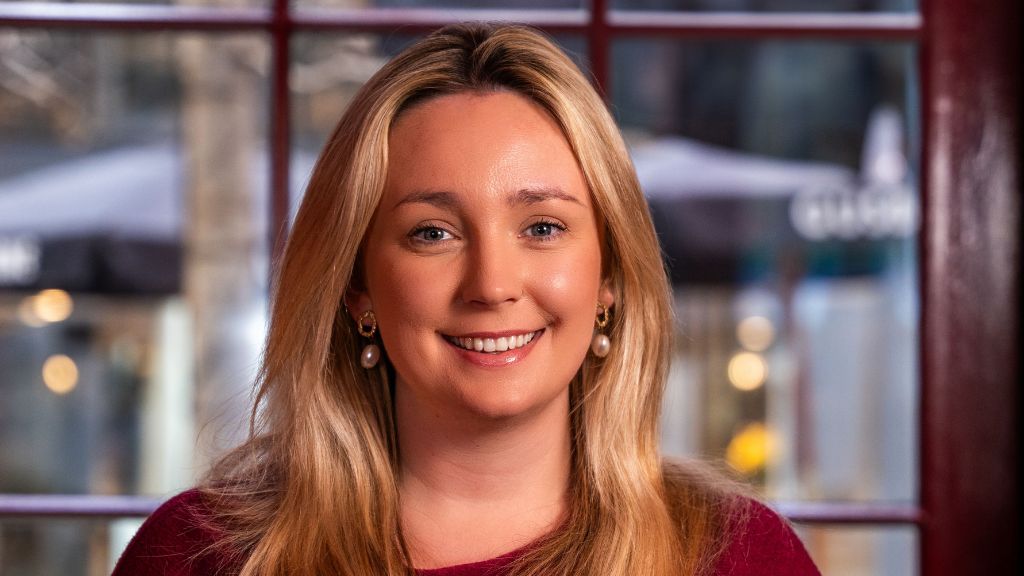Senior living misconceptions need dispelling
Tom Clarke, senior care lead at marketing consultant CACI, counters the myths around social care in the media.

When googling ‘UK care home news’, I had to scroll through three pages before finding a positive news story. The senior living sector takes its fair share of scrutiny, understandably exacerbated by the pandemic. However, what we’re seeing is a false narrative being played out in the media, resulting in a strong negative perception. It’s time to correct it, and we have the evidence to dispel the myths.
Despite a record-breaking £1.4 billion investment in the industry last year, illustrating just how much confidence the property sector has in senior living, there remains a significant hurdle to overcome. There has been a major hit to public confidence because of the pandemic, culminating in the High Court finding last month that a government policy from early 2020 on patient discharge to care homes was unlawful. It’s a damning indictment, but at its core, it is not directed at care homes themselves, nor any other senior living product.
We recently conducted a survey to try to get to the bottom of the negativity in public perception and look for signs of light amid the darkness. The positive note here is that for most respondents (64% of everyone surveyed), the pandemic has not changed their feelings about care homes and nursing homes. The sad story, informed by the false narrative I’ve mentioned, is that 32% of people are less likely to engage with care homes, for themselves or loved ones. Compare that to 4% who are more likely to take the care home route, and you see a serious shift in position, in the wrong direction. Breaking this negativity is so important for care home providers.
Our research also looked at the differences in perceptions between people who have – and those who have not – had a loved one in care. Those with first-hand experience of supporting a loved one through care during the pandemic have far better perceptions of the sector than those without direct experience. When asked about whether the pandemic has changed their thinking, only 3% of those without a loved one in care during that time said they would be more likely to place someone in a care home. Contrast that with 33% who said they would
be less likely, and we see a negative swing of 30% away from care homes. The numbers for people with a loved one in care compare favourably (20% saying less likely, and 15% more likely to place someone in care), so clearly, the outstanding work delivered in care homes during the pandemic is not lost on those who witnessed it.
This image problem extends further. Individuals who are yet to experience care homes have a 63% preference for some form of domiciliary care, so would feel much more comfortable in having care come to them or their loved ones (more about that later). For those with a loved one in care, the preference between all types of future accommodation is much more balanced in terms of the different options and products. Great news for the ‘at home care’ market, where there’s a clear avenue for growth, but again care homes are seen as the ugly cousin by people without that crucial first-hand understanding.
There are several considerations when looking to move into care, or move a loved one, and the transition of moving out of the family home is a big one. More than 50% of our respondents who don’t have a relative in care believe that move is not straightforward, compared with about 25% for those who do. This is yet another area in which perceptions differ, and for the sake of the care home industry’s future, something that needs to be addressed.
Care homes have their challenges, but the industry has so much potential waiting to be unlocked. The newly created government task force for older people’s housing is a clear understanding of the insights shaping the sector, and the need to diversify post-retirement housing options. Combine that with the aforementioned investment, and it would be right to feel confident that the decision-makers are finally prepared to recognise and act on the senior living requirements for our ageing population.
This will include enhancing other forms of senior living care. Domiciliary is a clear preference among those without a loved one in care, and while some positive messaging around care homes could and should change this, we cannot ignore just how beneficial it is for some of our elderly to stay in their own homes. Care needs to be taken – pun intended – to ensure we are championing all of the solutions because they will all be required. For all of the reasons I’ve given, care homes need the most support, but let’s not lose sight of the bigger picture.
We know, anecdotally, that perceptions of care homes are not in a great place, but the reality is the pandemic was not a cliff-edge moment. Negativity has existed for some time, not created by Covid but certainly exacerbated by it, and my call to action here is for all of us to fix it.
Our research shows something crystal clear – people with a loved one in care see the sector more favourably than those without. Leveraging this perspective is crucial – there is nothing more convincing than genuine endorsements – and gives us the best starting point for breaking the misconceptions. Let’s look at the reality, not the false narratives, and work together to correct care home misapprehension and save an industry that deserves our support.




